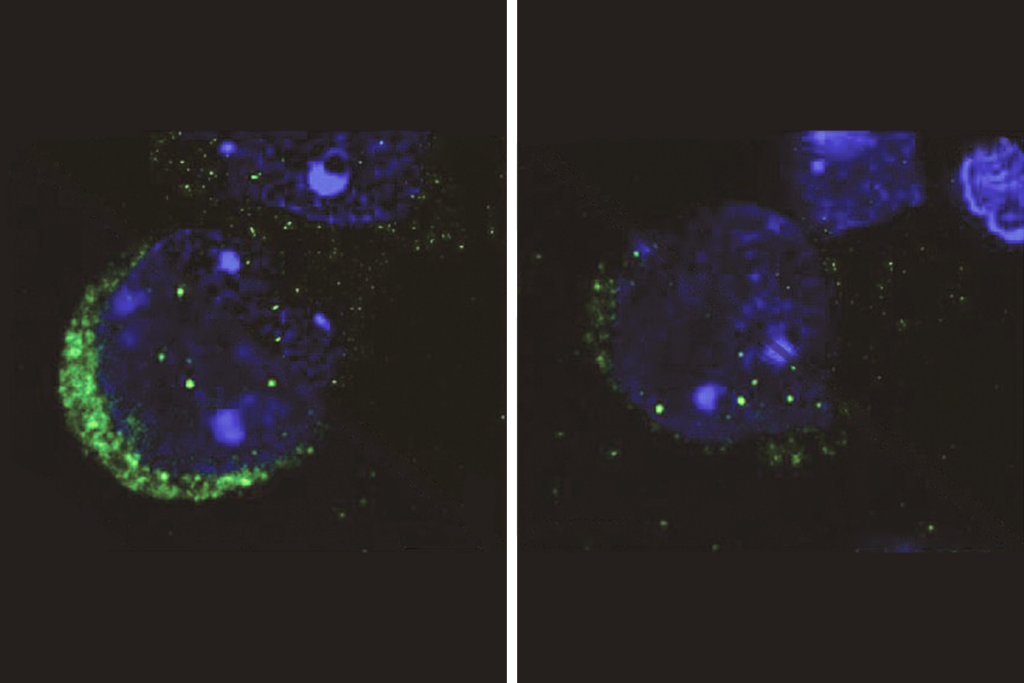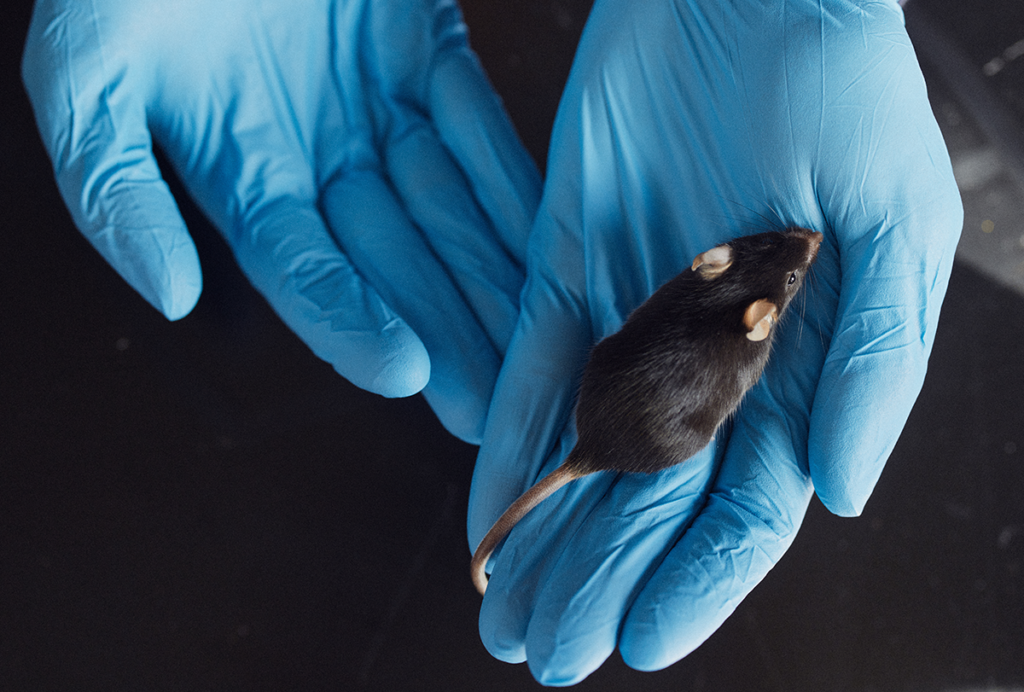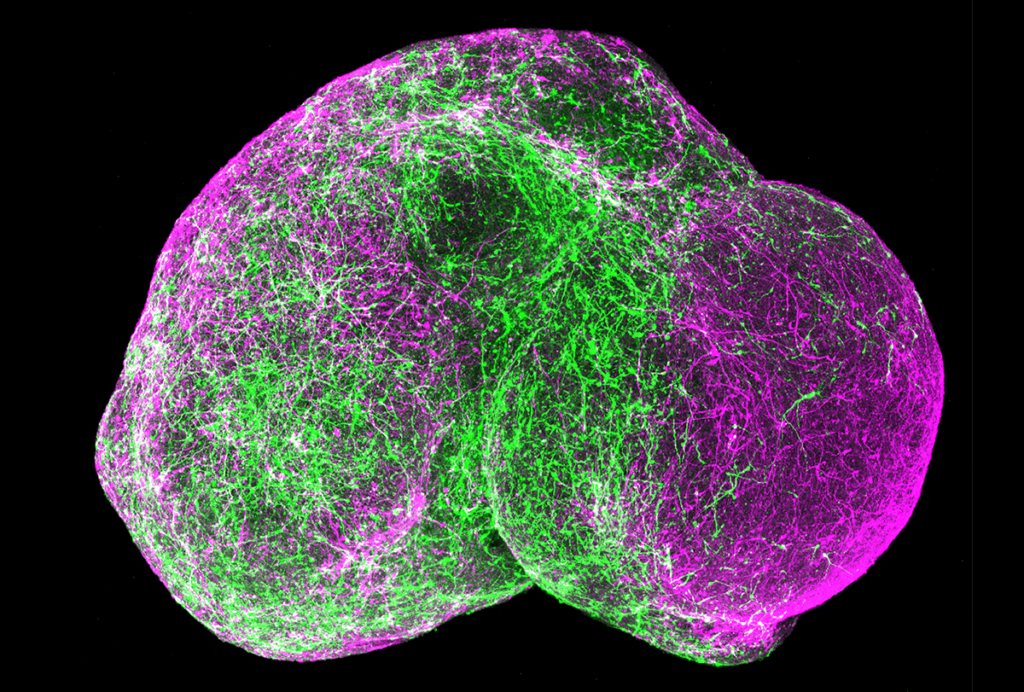Some who outgrew autism received early, intense therapy
Many of the children with autism known to have outgrown their diagnosis received intense behavioral therapy for long periods of time during childhood, reports a study published in May in the Journal of Developmental and Behavioral Pediatrics.
Many of the children with autism known to have outgrown their diagnosis received intense behavioral therapy for long periods of time during childhood, reports a study published in May in the Journal of Developmental and Behavioral Pediatrics.
This doesn’t mean that early intervention can predict outcome, the researchers say. Some children who received little intervention outgrew autism, whereas others who received many hours of treatment retained their diagnosis.
The study is the first to assess the treatment history of people with so-called ‘optimal outcome.’ However, it relies on the memories of the parents, which may not be as accurate as data collected during the child’s development.
The researchers examined 25 people who outgrew their diagnosis and 34 individuals with autism considered to be ‘high-functioning’ — that is, who have intelligence quotients higher than 77. The participants all ranged in age from 8 to 21 years, and were matched by sex, nonverbal intelligence scores and family income.
Unlike the so-called ‘optimal outcome’ group, the participants with high-functioning autism tended to have taken antipsychotic or antidepressant drugs as children. This may be because they had problems with mood and behavior, the researchers say.
Clinicians confirmed that those in the optimal outcome group had a diagnosis of autism before age 5, and no longer qualified for the diagnosis.
Overall, as children, those in the optimal outcome group had better social skills, such as balanced back-and-forth interactions with others, than those in the high-functioning group. However, both groups had repetitive behaviors and trouble with communication.
Interestingly, parents of the children who outgrew their diagnosis recalled reporting concerns to a pediatrician when their child was about 17 months old. They also took the child to a specialist such as a psychiatrist or geneticist at about 26 months of age. Parents of children in the high-functioning group also reported taking these actions, but a bit later: at about 22 and 44 months of age, respectively.
Perhaps this early consultation is what led to the key difference between the two groups. More than 80 percent of the optimal outcome group received services to improve speech and motor skills before 3 years of age, and more than 90 percent of them attended preschool. They also tended to have spent many hours per week in treatment, and to have participated in applied behavior analysis, an intensive therapy that targets a child’s language and social skills.
About 40 percent of this group went to therapy between 2 and 2.5 years of age, compared with 4 percent of the autism group. Only 48 percent of the autism group received services before age 3 and 56 percent attended preschool.
Alternative interventions, such as casein- or gluten-free diets or the use of supplements, did not vary between the two groups. This suggests that they do not alter the long-term outcome for people with autism.
Recommended reading

New tool may help untangle downstream effects of autism-linked genes

NIH neurodevelopmental assessment system now available as iPad app

Molecular changes after MECP2 loss may drive Rett syndrome traits
Explore more from The Transmitter

Organoids and assembloids offer a new window into human brain
Who funds your basic neuroscience research? Help The Transmitter compile a list of funding sources
